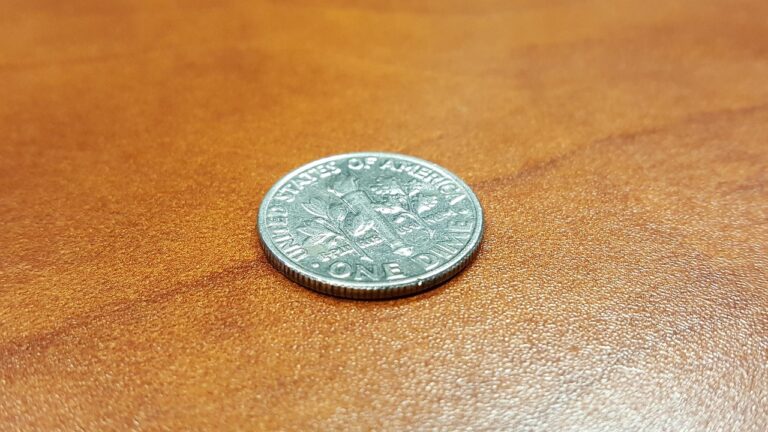How to Master Creative Problem-Solving: Techniques for Entrepreneurs
If you’re an entrepreneur, challenges are inevitable. What distinguishes successful entrepreneurs is their ability to navigate obstacles with creative problem-solving techniques. This guide will equip you with innovative strategies to tackle problems, foster creativity, and propel your business forward. By the end of this article, you’ll not only understand various creative problem-solving methods but also feel empowered to implement them in your entrepreneurial journey.
What is Creative Problem-Solving?
Creative problem-solving is a process that goes beyond conventional thinking. It involves generating innovative solutions through various techniques, enabling you to address challenges in unique and effective ways. This approach is crucial for entrepreneurs who often face unprecedented problems requiring out-of-the-box thinking.
Techniques for Creative Problem-Solving
Brainstorming
Brainstorming is a classic technique that involves generating a plethora of ideas without immediate judgment. Here’s how you can make the most of it:
- Diverse Team: Involve individuals with different skill sets and different professional backgrounds to bring multiple perspectives to the problem.
- Quantity Over Quality: Focus on generating as many ideas as possible.
- No Criticism: Encourage a free-flow of ideas without immediate evaluation or criticism.
Mind Mapping
Mind mapping is a visual tool that helps in organizing thoughts and ideas. Here’s how to utilize it effectively:
- Central Idea: Start with the central problem and branch out with related ideas.
- Associations: Create associations and connections between different elements.
- Visualization: Use colors, images, and diagrams to make the map engaging and easy to understand.
SCAMPER Technique
The SCAMPER technique involves a series of questions to stimulate creative thinking. SCAMPER stands for:
- Substitute: What can be substituted in the current process?
- Combine: What ideas can be combined to create something new?
- Adapt: What can be adapted to solve the problem?
- Modify: What can be modified or magnified?
- Put to another use: How can the current solution be used differently?
- Eliminate: What can be eliminated to simplify the process?
- Rearrange: What can be rearranged to improve the solution?
The Six Thinking Hats
Developed by Edward de Bono, this technique involves looking at a problem from six different perspectives:
- White Hat: Focus on data and facts.
- Red Hat: Consider emotions and feelings.
- Black Hat: Identify potential pitfalls and risks.
- Yellow Hat: Highlight positive aspects and benefits.
- Green Hat: Explore creative and innovative ideas.
- Blue Hat: Control the process and ensure all hats are used effectively.
Design Thinking
Design thinking is a user-centric approach that involves five stages:
- Empathize: Understand the user’s needs and experiences.
- Define: Clearly articulate the problem.
- Ideate: Generate a wide range of ideas.
- Prototype: Build a tangible representation of your ideas.
- Test: Evaluate the prototype and iterate based on feedback.
Practical Applications of Creative Problem-Solving
Product Development
Use brainstorming and mind mapping to identify potential product features and improvements. Apply the SCAMPER technique to innovate and enhance your offerings.
Marketing Strategies
Leverage design thinking to create user-centric marketing campaigns. Use the Six Thinking Hats to evaluate different aspects of your strategy.
Operational Efficiency
Implement creative problem-solving to streamline processes, reduce costs, and improve efficiency. Adapt existing solutions to fit your unique business needs.
Mastering creative problem-solving techniques can significantly impact your entrepreneurial journey. By embracing these methods, you’ll be better equipped to tackle challenges, foster innovation, and drive your business toward success. So, start applying these strategies today and watch your business thrive!









